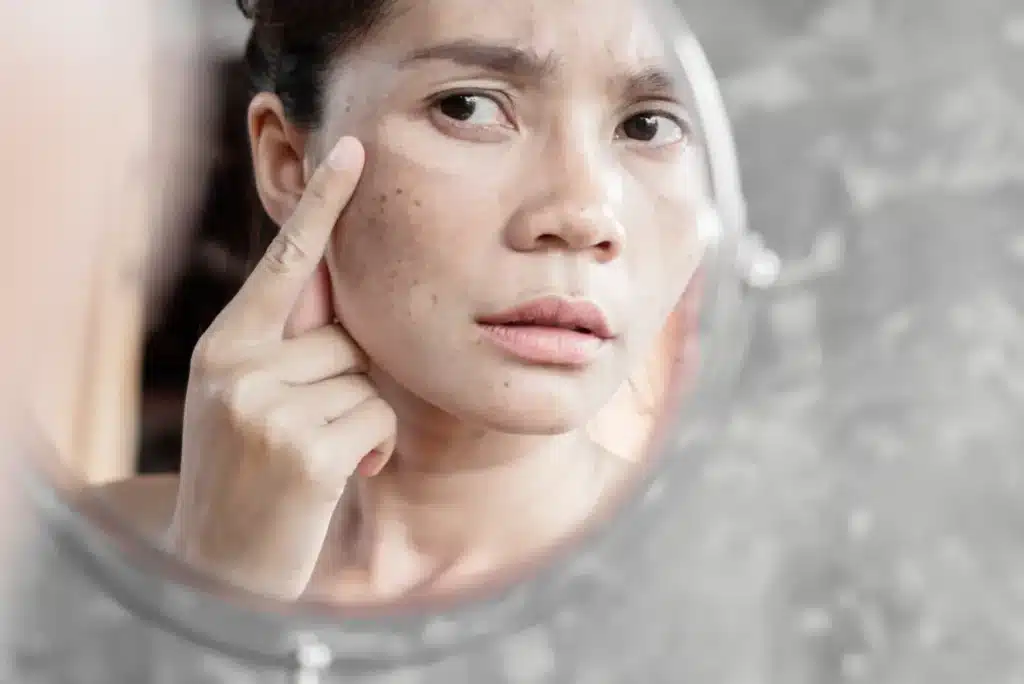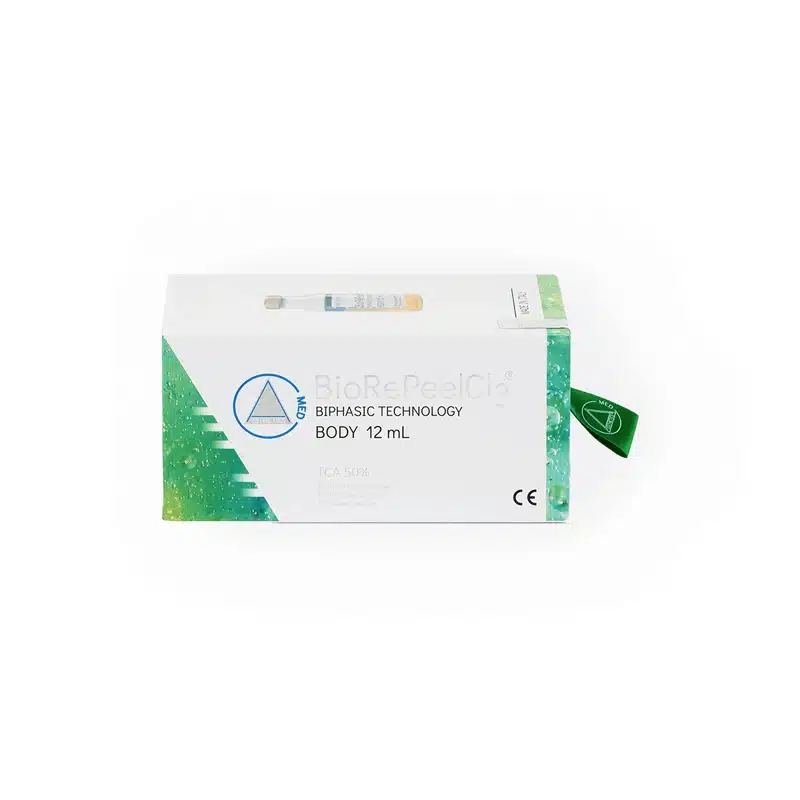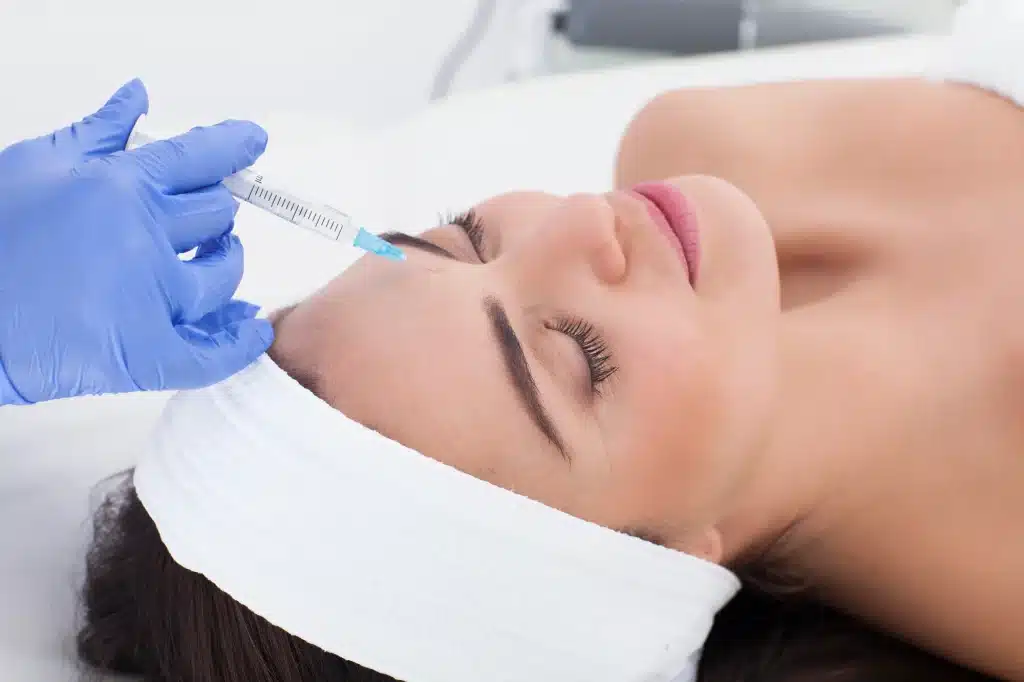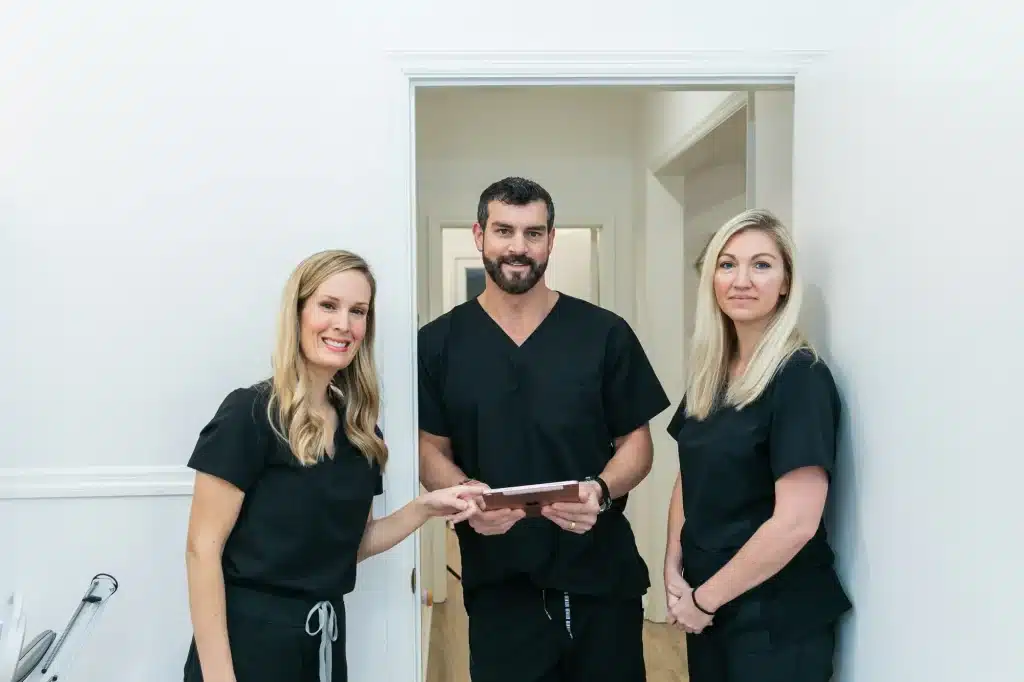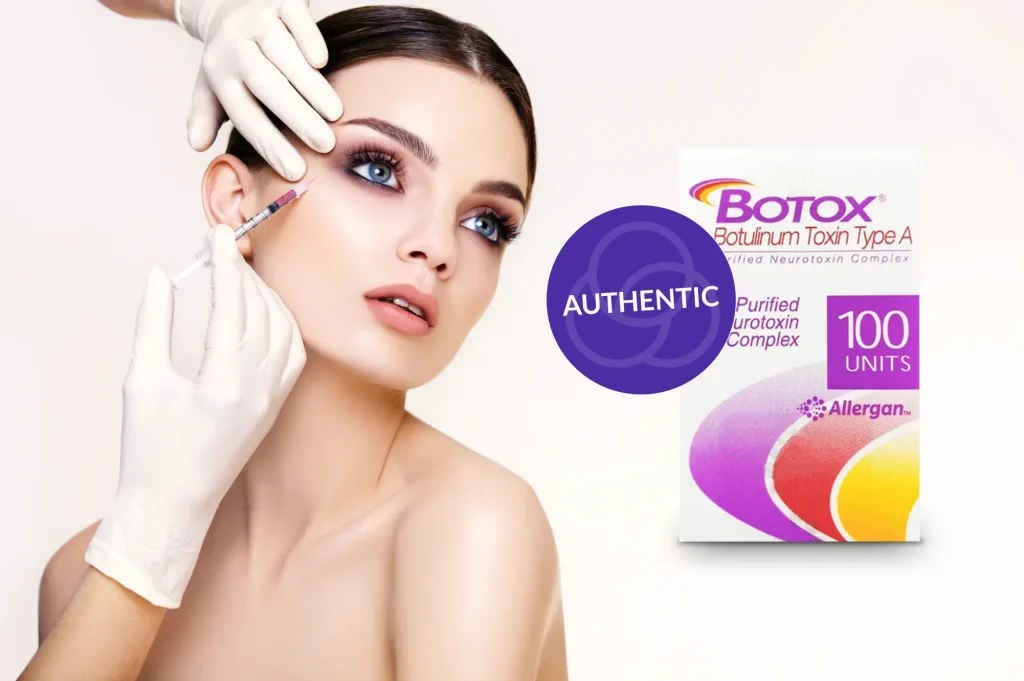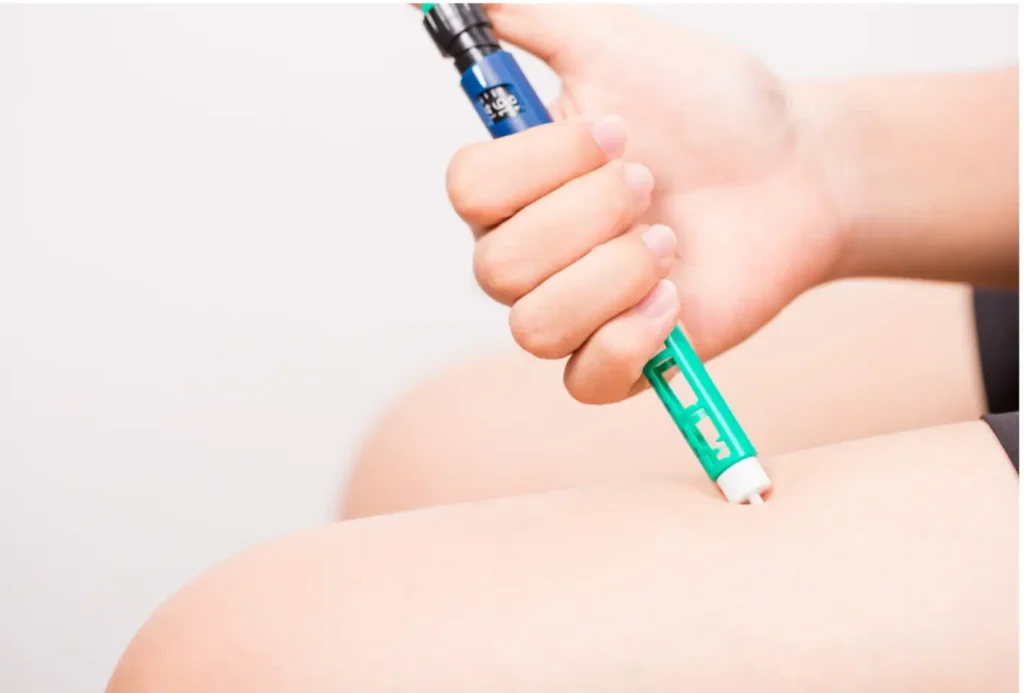The skin is more than just what we see in the mirror—it’s the body’s largest organ and its first line of defense against the outside world. Because every person’s skin is unique, cosmetic treatments must be approached with care and thoughtfulness. Even non-invasive options can sometimes trigger temporary reactions, depending on individual skin type, overall health, and lifestyle factors.
BioRePeel, a modern biphasic chemical peel, has gained attention for its ability to gently exfoliate, hydrate, and stimulate skin renewal with little to no downtime. Most people tolerate it well, but like any treatment, it can come with side effects. These range from expected, short-lived changes to less common reactions that require extra care.
In this article, we’ll walk through the complete list of BioRePeel side effects. You’ll learn what’s considered normal, what’s rare, and how patients and providers can work together to prevent or manage them for safer, more predictable results.
Key Takeaways
- BioRePeel is a non-invasive chemical peel designed to exfoliate, hydrate, and renew skin with minimal downtime.
- Common side effects include temporary redness (24–48 hours, up to 3 days), light peeling or flaking (2–7 days), dryness, and mild sensitivity.
- Rare risks like hyperpigmentation, infection, or scarring are uncommon but highlight the need for professional treatment and proper aftercare.
- Risk factors, such as sensitive skin, pre-existing conditions, sun exposure, or certain medications, can increase the likelihood of side effects.
- Prevention and management include choosing a qualified provider, pausing retinoids before treatment, consistent sun protection, and following a gentle skincare routine.
About: Medical Spa RX provides medical practices with premium products at the best prices. If you’re looking to buy BioRePeel online for your practice, the sales representatives at Medical Spa RX can give you guidance.
Common and Mild Side Effects of BioRePeel Treatments
Most people experience only minor, short-lived side effects after a BioRePeel session. These are common side effects of any chemical peel and will resolve on their own without medical intervention. Common and mild reactions include:

- Redness: Temporary redness is very common and usually lasts 24–48 hours, though in some cases it may linger for up to 3 days. This reflects increased blood flow and sensitivity immediately after treatment.
- Peeling or Flaking: Light peeling often begins within 2–3 days and may continue for up to a week as the skin naturally sheds old cells, revealing healthier, smoother layers.
- Dryness or Tightness: Many patients experience short-term dryness or tightness due to exfoliation, which temporarily disrupts the skin’s protective barrier and hydration levels.
- Mild Sensitivity: The treated area may be more sensitive to skincare products or sunlight for a few days, making gentle care and consistent use of sunscreen especially important.
- Itching or Tingling: Some patients feel a mild tingling or itching sensation, which typically settles within 24–48 hours as the skin begins to recover.
These effects are a normal sign that the peel is encouraging cell renewal. With basic moisturization, hydration, and sun protection, most patients find these reactions very manageable.
Rare but Serious Risks Associated with BioRePeel
Although BioRePeel is generally considered safe, there are rare but more significant risks that can occur, often linked to improper application, neglected aftercare, or pre-existing skin conditions. These include:
- Infection Risk: Poor hygiene during application or recovery may allow bacteria or fungi to enter the skin, leading to infections that require treatment and can delay healing.
- Hyperpigmentation: Without strict sun protection, some patients may develop dark patches or uneven skin tone. This risk is higher in those with darker complexions or a history of pigmentation issues.
- Scarring: While extremely rare with BioRePeel, superficial scarring is theoretically possible if patients pick at peeling skin or scratch the treated area during recovery.
- Allergic Reactions: Adverse reactions to active ingredients are very uncommon, but may cause rashes, swelling, or itching that warrant medical attention.
- Severe Redness or Prolonged Irritation: Short-term redness is normal, but if irritation worsens or lasts beyond several days, it may signal complications requiring professional evaluation.
These potential risks highlight the importance of professional treatment and careful BioRePeel aftercare. Patients with conditions such as eczema, active infections, keloids, or those who are pregnant should consult a dermatologist before considering this procedure.
Factors Increasing Risk of Side Effects with BioRePeel
Not everyone responds the same way to BioRePeel. Even when applied correctly, certain factors can increase the likelihood of unwanted effects. Being aware of these risks allows for better preparation, realistic expectations, and tailored aftercare.
Key Risk Factors

- Skin Type: Very sensitive or darker skin tones may be more prone to irritation or post-inflammatory hyperpigmentation.
- Pre-existing Conditions: Skin concerns like rosacea, eczema, or active acne flare-ups can worsen and prolong recovery.
- Sun Exposure: Direct sunlight too soon after treatment significantly raises the chance of pigmentation changes.
- Incorrect Application: Inexperienced providers may cause uneven peeling, excessive irritation, or discomfort.
- Poor Aftercare: Skipping sunscreen, using harsh skincare, or failing to moisturize can aggravate sensitivity.
- Medication Use: Certain acne or skin medications (retinoids, topical steroids) can make skin more reactive and heighten risks.
Management and Prevention of BioRePeel Side Effects
The good news is that most BioRePeel side effects are mild, manageable, and preventable with simple steps. Both patient cooperation and professional expertise are key to achieving smooth recovery and optimal outcomes.
Mild redness, dryness, or sensitivity may occur, but serious complications are rare when proper care is taken. Both patients and providers play a role in minimizing risks and promoting smooth recovery.
Steps for Prevention and Management
- Choose a Qualified Professional: Results depend heavily on technique. Ensure the provider is trained in the BioRePeel protocol and understands how to work with different skin types.
- Follow Pre-Treatment Advice: Pause strong actives like retinoids or exfoliants for at least 1–2 weeks before treatment to reduce sensitivity.
- Adhere to Aftercare: Use gentle moisturizers and a broad-spectrum SPF 30+ daily to protect healing skin.
- Avoid Harsh Products: Skip scrubs, acids, or retinoids for at least a week post-peel.
- Monitor Reactions: Contact a provider promptly if redness worsens, pain develops, or signs of infection appear.
- Stay Hydrated: Both drinking water and maintaining topical hydration support the skin’s recovery and resilience.
Conclusion
When performed by trained professionals, BioRePeel is considered a safe and effective non-invasive chemical peel. Most patients experience only temporary redness, peeling, or dryness, while serious issues are rare and usually preventable.
Understanding factors such as skin type, existing conditions, and lifestyle habits helps both patients and providers reduce risks. With good preparation, professional technique, and consistent aftercare, the overall safety profile of BioRePeel remains favorable.
For patients seeking rejuvenation without extensive downtime, it offers a dependable path to healthier, smoother, and more radiant skin.
FAQs
1. How long does BioRePeel redness last?
Most people notice mild redness that fades within 24–48 hours, though in some cases it may last up to 3 days. Using a gentle moisturizer and sunscreen can help calm the skin as it heals.
2. Can BioRePeel cause peeling every time?
Peeling or flaking is common, but the amount varies. Some patients experience visible shedding for 2–7 days, while others notice only subtle exfoliation. Even without heavy peeling, the treatment is still working beneath the surface.
3. What increases the risk of hyperpigmentation after BioRePeel?
The biggest factor is sun exposure. Skipping sunscreen or spending time outdoors unprotected increases the chance of dark spots, especially for those with darker skin tones or a history of pigmentation issues.
4. How can I lower the risk of infection after BioRePeel?
Keep the treated area clean, avoid touching your face with unwashed hands, and follow all BioRePeel aftercare instructions. Infections are very rare but can occur if the skin barrier is compromised.
5. Is BioRePeel safe for sensitive skin?
Yes, it can be used on sensitive skin, but these patients may notice more redness or irritation. A professional consultation ensures the treatment is tailored to your needs, minimizing risks and maximizing comfort.
References
Yousef H, Alhajj M, Fakoya AO, Sharma S. Anatomy, skin (Integument), epidermis. StatPearls – NCBI Bookshelf. Last updated June 8, 2024. https://www.ncbi.nlm.nih.gov/books/NBK470464/
Skin. Cleveland Clinic. https://my.clevelandclinic.org/health/body/10978-skin
Samargandy S, Raggio BS. Chemical peels for skin resurfacing. StatPearls – NCBI Bookshelf. Last updated October 29, 2023. https://www.ncbi.nlm.nih.gov/books/NBK547752/
Chemical peels. Cleveland Clinic. https://my.clevelandclinic.org/health/treatments/11010-chemical-peels

